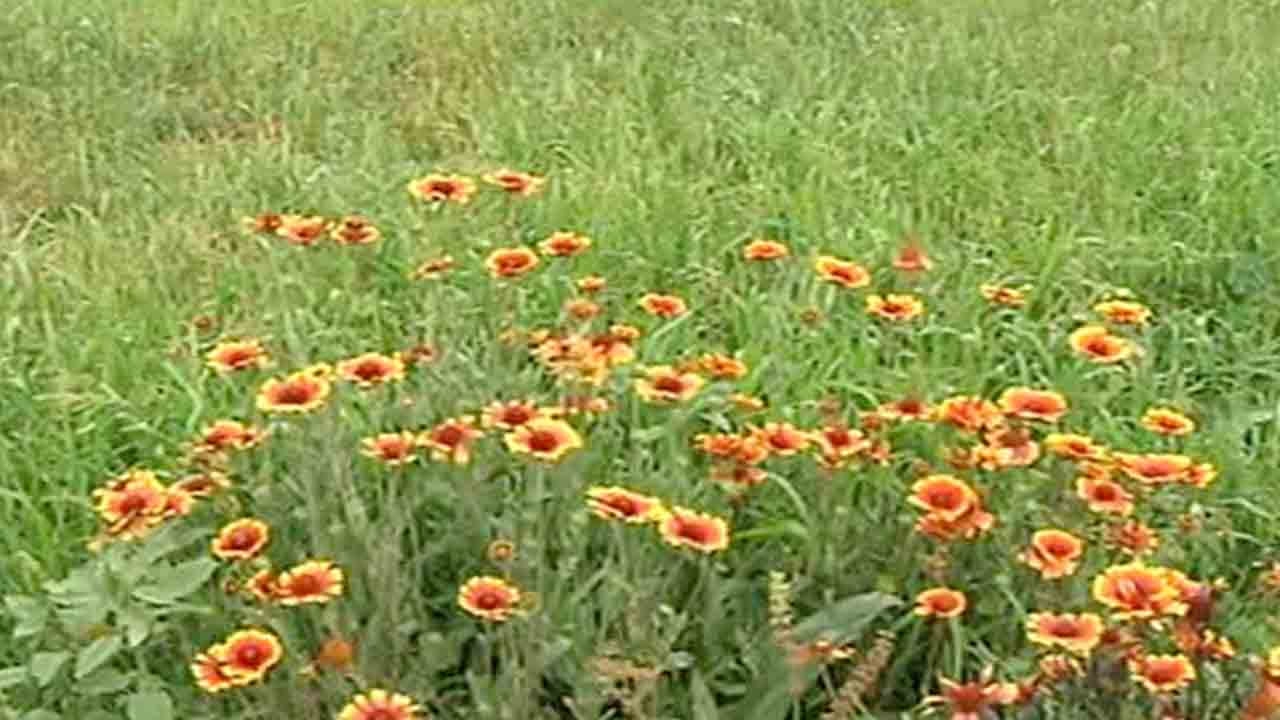
China
13:58, 06-Aug-2017
Ecological restoration to Inner Mongolia’s grassland

In the city of Hohhot, capital of northern China’s Inner Mongolia where desertification has become one of the most troublesome problems, hundreds of square kilometers of grassland are being restored.
Inner Mongolia is known for its vast grasslands that stretch for thousands of kilometers. However, human activity, especially mining and pollution, has caused degradation of the grasslands, leading to rise of ecological restoration projects.
Using local plants which are more resilient to cold and dry environments is the key to the efforts of turning Hohhot back to green.
Researchers have studied more than 2,000 plant species to see which ones work best for restoration. They chose 180 that are ideal for jumpstarting new growth, according to local conditions.
A vault was established to store seeds of these plants, as well as water and soil samples. Moreover, big data was applied in ecological restoration to show hydrology and weather conditions in different locations and what kinds of plants and methods should be used.
The cost of ecological restoration ranges from hundreds to thousands of yuan per square kilometer. Although local governments are still the main source of funding, public-private-partnerships are bringing more capital into such projects.
China has around 600,000 square kilometers of grassland, and much of that is under threat. Nonetheless, more projects like those in Inner Mongolia are under way, promising to bring back the natural beauty.
415km

SITEMAP
Copyright © 2018 CGTN. Beijing ICP prepared NO.16065310-3
Copyright © 2018 CGTN. Beijing ICP prepared NO.16065310-3